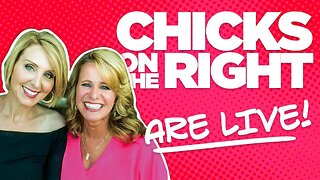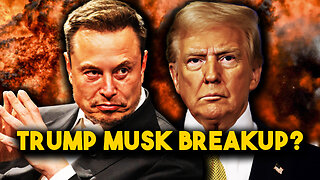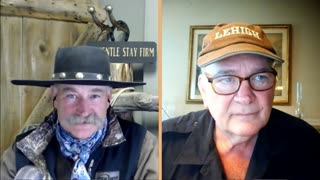Premium Only Content

The Four economic theories
Four economic theories are supply side economics, new classical economics, monetarism, and Keynesian economics:
Supply side economics
This macroeconomic theory emphasizes market forces and believes that economic growth can be fostered by lowering taxes, decreasing regulation, and allowing free trade. Supply-side fiscal policies are designed to increase aggregate supply, which can expand output and employment while lowering prices. For example, supply-siders believe that tax cuts will stimulate the economy and bring in additional tax revenues, which is the idea behind the Laffer Curve.
New classical economics
This school of thought in macroeconomics emphasizes the importance of microeconomic foundations, especially rational expectations. New classical economists believe that countries must liberate their markets, reform labor markets, privatize state owned industries, and encourage entrepreneurship to develop. They also believe that policymakers are ineffective because individual market participants can anticipate policy changes and act in advance to counteract them.
Monetarism
This fundamental macroeconomic theory focuses on the importance of the money supply as a main driver for economic growth. Monetarists believe that the money supply is a primary determinant of price levels and inflation, and that they can influence interest rates in the future by fighting inflation with the supply of money.
Keynesian economics
This theory relies heavily on government intervention, such as fiscal policy or monetary policy. Keynes advocated for increased government expenditures and lower taxes, and Keynesian fiscal policy is based on the prediction that increased aggregate demand through government spending will cause incomes to rise.
-
 6:13:03
6:13:03
Cʰrσиσs LΞGΔCΨ мєgαℓιтн
1 day agoSilent Order: Thunder Hand by Jonathan Moeller
138 -
 LIVE
LIVE
LFA TV
11 hours agoLFA TV ALL DAY STREAM - WEDNESDAY 6/4/25
4,706 watching -
 1:25:29
1:25:29
JULIE GREEN MINISTRIES
2 hours agoLIVE WITH JULIE
47K72 -
 LIVE
LIVE
Chicks On The Right
2 hours agoElon RIPS BBB, Hakeem still ranting about Project 25, & lack of pride merch is fascism
2,157 watching -
 LIVE
LIVE
The Bubba Army
22 hours agoTrump Musk BreakUp? - Bubba the Love Sponge® Show | 6/04/25
2,042 watching -
 LIVE
LIVE
Bitcoin on Rumble
17 minutes agoBBB, Brrrr and Bitcoin
207 watching -
 LIVE
LIVE
AP4Liberty
1 hour agoElon Musk Calls Trump Megabill a ‘Disgusting Abomination’
214 watching -
 29:12
29:12
Producer Michael
19 hours agoTOURING A $13,750,000 LAS VEGAS MEGA MANSION WITH SPECTACULAR VIEWS OF THE STRIP!
28.9K8 -
 1:37:10
1:37:10
Nick Freitas
16 hours agoWhat We've Learned Through 26 Years of Marriage
14K2 -
 LIVE
LIVE
BEK TV
22 hours agoTrent Loos in the Morning 6/4/2025
166 watching